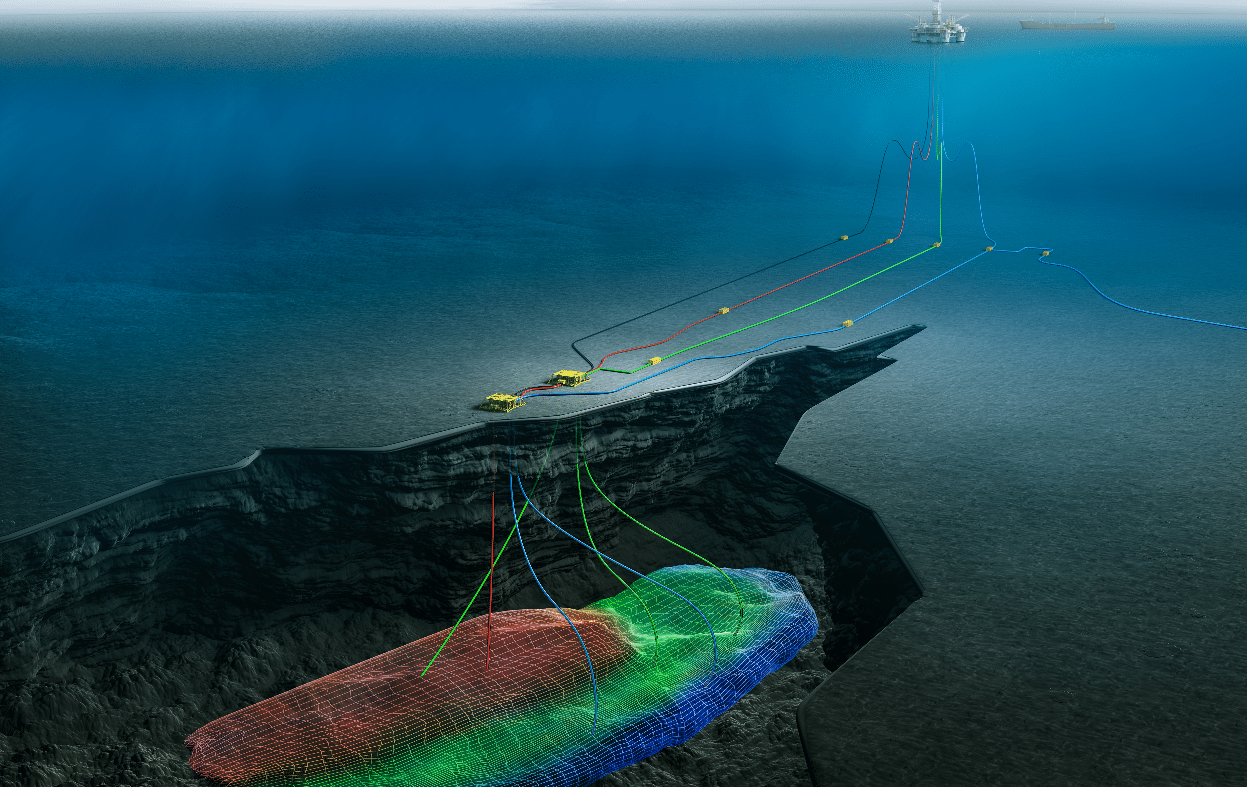The goal of the campaign is to drill test wells to gain a better understanding of the reservoir and optimize the position of the production wells.
Fenja is scheduled to be put into production by the end of 2021, 11 years after the licensing work began.
– The drilling represents an important milestone for our first operated development field in the Norwegian Sea, says Erik Oppedal, Director of Projects and Engineering in Neptune’s Norwegian part of the company.
The Fenja field (formerly known as the Pil and Bue discoveries) is an oil and gas field located 120 kilometers north of Kristiansund.
With resources of about 97 million barrels of oil equivalents, plateau production is projected to reach approx. 40,000 barrels of oil equivalents per day.
Fenja consists of two hydrocarbon accumulations; the Pil and Bue reservoirs in PL586 on the Halten Terrace.
Both discoveries are in upper Jurassic sandstone reservoirs at depths from 3,200 to 3,500 meters below sea level.

Pil (saturated oil with gas cap) was the basis for the development, while Bue (under-saturated oil) represents an upside in the license, according to the drilling application sent to the Norwegian Environment Agency.
A small oil discovery was also made east of Fenja in the Boomerang prospect, however the drilling results ended with the license partners deciding not to further develop the discovery.
The field will be connected to the Njord-A platform 36 kilometers away and will consist of two subsea templates and six wells (three oil producers, two wells for water injection and one wells for gas injection).
The latter well will be converted into a producing gas well towards the end of the field’s lifetime.
Licensing partners in Fenja are Neptune (30 per cent), Vår Energi (45 per cent), Suncor (17.5 per cent) and DNO (7.5 per cent).
TEXT: RONNY SETSÅ





